Both solutions mentioned above work very well and I can contribute third solution to this question.
//extension code starts
func normalizeVector(_ iv: SCNVector3) -> SCNVector3 {
let length = sqrt(iv.x * iv.x + iv.y * iv.y + iv.z * iv.z)
if length == 0 {
return SCNVector3(0.0, 0.0, 0.0)
}
return SCNVector3( iv.x / length, iv.y / length, iv.z / length)
}
extension SCNNode {
func buildLineInTwoPointsWithRotation(from startPoint: SCNVector3,
to endPoint: SCNVector3,
radius: CGFloat,
color: UIColor) -> SCNNode {
let w = SCNVector3(x: endPoint.x-startPoint.x,
y: endPoint.y-startPoint.y,
z: endPoint.z-startPoint.z)
let l = CGFloat(sqrt(w.x * w.x + w.y * w.y + w.z * w.z))
if l == 0.0 {
// two points together.
let sphere = SCNSphere(radius: radius)
sphere.firstMaterial?.diffuse.contents = color
self.geometry = sphere
self.position = startPoint
return self
}
let cyl = SCNCylinder(radius: radius, height: l)
cyl.firstMaterial?.diffuse.contents = color
self.geometry = cyl
//original vector of cylinder above 0,0,0
let ov = SCNVector3(0, l/2.0,0)
//target vector, in new coordination
let nv = SCNVector3((endPoint.x - startPoint.x)/2.0, (endPoint.y - startPoint.y)/2.0,
(endPoint.z-startPoint.z)/2.0)
// axis between two vector
let av = SCNVector3( (ov.x + nv.x)/2.0, (ov.y+nv.y)/2.0, (ov.z+nv.z)/2.0)
//normalized axis vector
let av_normalized = normalizeVector(av)
let q0 = Float(0.0) //cos(angel/2), angle is always 180 or M_PI
let q1 = Float(av_normalized.x) // x' * sin(angle/2)
let q2 = Float(av_normalized.y) // y' * sin(angle/2)
let q3 = Float(av_normalized.z) // z' * sin(angle/2)
let r_m11 = q0 * q0 + q1 * q1 - q2 * q2 - q3 * q3
let r_m12 = 2 * q1 * q2 + 2 * q0 * q3
let r_m13 = 2 * q1 * q3 - 2 * q0 * q2
let r_m21 = 2 * q1 * q2 - 2 * q0 * q3
let r_m22 = q0 * q0 - q1 * q1 + q2 * q2 - q3 * q3
let r_m23 = 2 * q2 * q3 + 2 * q0 * q1
let r_m31 = 2 * q1 * q3 + 2 * q0 * q2
let r_m32 = 2 * q2 * q3 - 2 * q0 * q1
let r_m33 = q0 * q0 - q1 * q1 - q2 * q2 + q3 * q3
self.transform.m11 = r_m11
self.transform.m12 = r_m12
self.transform.m13 = r_m13
self.transform.m14 = 0.0
self.transform.m21 = r_m21
self.transform.m22 = r_m22
self.transform.m23 = r_m23
self.transform.m24 = 0.0
self.transform.m31 = r_m31
self.transform.m32 = r_m32
self.transform.m33 = r_m33
self.transform.m34 = 0.0
self.transform.m41 = (startPoint.x + endPoint.x) / 2.0
self.transform.m42 = (startPoint.y + endPoint.y) / 2.0
self.transform.m43 = (startPoint.z + endPoint.z) / 2.0
self.transform.m44 = 1.0
return self
}
}
//extension ended.
//in your code, you can like this.
let twoPointsNode1 = SCNNode()
scene.rootNode.addChildNode(twoPointsNode1.buildLineInTwoPointsWithRotation(
from: SCNVector3(1,-1,3), to: SCNVector3( 7,11,7), radius: 0.2, color: .cyan))
//end
you can reference http://danceswithcode.net/engineeringnotes/quaternions/quaternions.html
BTW, you will get same result when you use a cylinder to make a line between two points from above 3 methods. But indeed, they will have different normal lines. In another words, if you use box between two points, sides of box, except top and bottom, will face different direction from above 3 methods.
let me know pls if you need further explanation.

